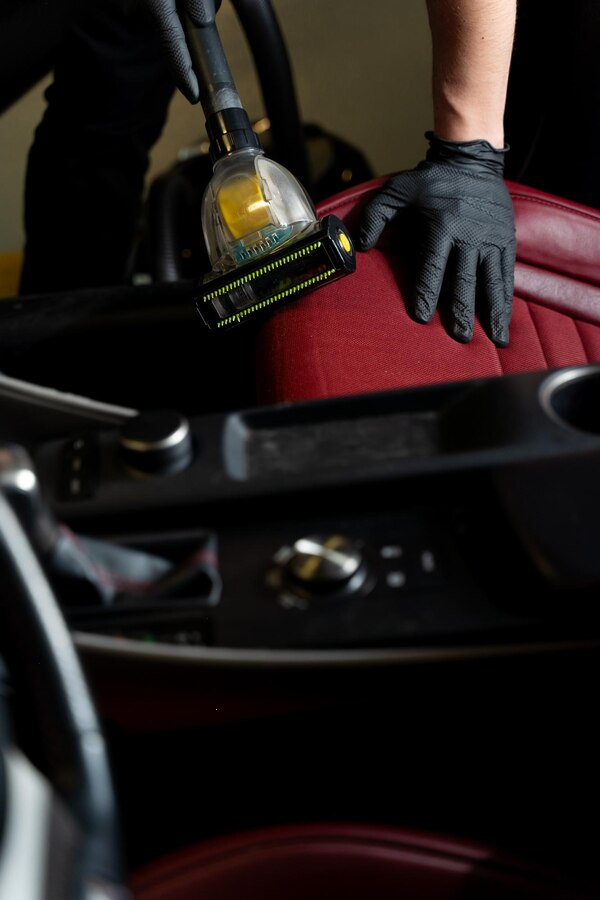Understanding Paint Correction: What You Need to Know

Paint correction is a term often heard in automotive circles, but what exactly does it mean, and why is it important for car owners? At its core, paint correction is a meticulous process aimed at restoring and enhancing the appearance of a vehicle's paintwork. Here's a closer look at what paint correction involves, why it matters, and how it can benefit your car.
What is Paint Correction?
Paint correction refers to the process of removing imperfections in a vehicle's paintwork. These imperfections can include swirl marks, fine scratches, oxidation, water spots, bird dropping etchings, and holograms induced by poor washing techniques. The goal of paint correction is to level the paint surface, so light reflects directly off it, producing a beautiful, deep, and glossy finish.
The Process of Paint Correction
- Inspection : Before any correction work begins, a thorough inspection of the vehicle's paint condition is performed. This helps in identifying the areas that need attention and determining the depth and severity of the imperfections.
- Washing and Decontamination : The vehicle is washed meticulously to remove dirt and debris. Decontamination steps, including clay bar treatment, are used to remove any bonded contaminants that a regular wash cannot eliminate.
- Compounding : This step involves using an abrasive compound to level down imperfections. Compounding removes a small layer of clear coat, effectively erasing scratches and defects.
- Polishing : After compounding, polishing is used to refine the paint further, enhancing its shine and clarity. This step removes any haze left behind by the compounding process.
- Finishing : A finishing polish ensures that any remaining fine scratches are taken care of, leaving a mirror-like finish.
- Protection : After correction, it's crucial to apply a layer of protection, such as wax, sealant, or a ceramic coating, to preserve the newfound clarity and depth of the paint.
Why Paint Correction is Important
- Aesthetic Appeal : A car with corrected paint looks significantly more appealing. The clear, glossy finish can dramatically enhance a vehicle's overall appearance, sometimes making it look better than it did when new.
- Value Preservation : Maintaining a car's exterior condition can preserve its resale value. A well-cared-for exterior suggests overall attention to maintenance, making your car more attractive to potential buyers.
- Longevity : Correcting and then protecting the paint helps prevent further damage, extending the lifespan of the paintwork.
- Personal Satisfaction : For car enthusiasts, there is a certain satisfaction in seeing your vehicle look its best. Paint correction can restore pride in vehicle ownership.
What to Consider Before Paint Correction
-
Professional vs. DIY : While DIY kits are available, achieving professional results can be challenging without the right skills and tools. Hiring a professional is often advisable for significant imperfections.
-
Cost : Paint correction is an investment. Professional services can be costly, but the results are often worth it, especially for prestigious vehicles.
- Time : Depending on the vehicle's condition and the level of correction needed, the process can take a considerable amount of time, sometimes even days.
Conclusion
Understanding paint correction is essential for anyone looking to maintain or restore their vehicle's exterior. It's a detailed process that offers numerous benefits, from improved aesthetics to resale value preservation. Whether you choose to DIY or seek professional services, the results of paint correction can be truly transformative, offering a pristine, showroom-quality finish that revitalizes your vehicle's appearance.